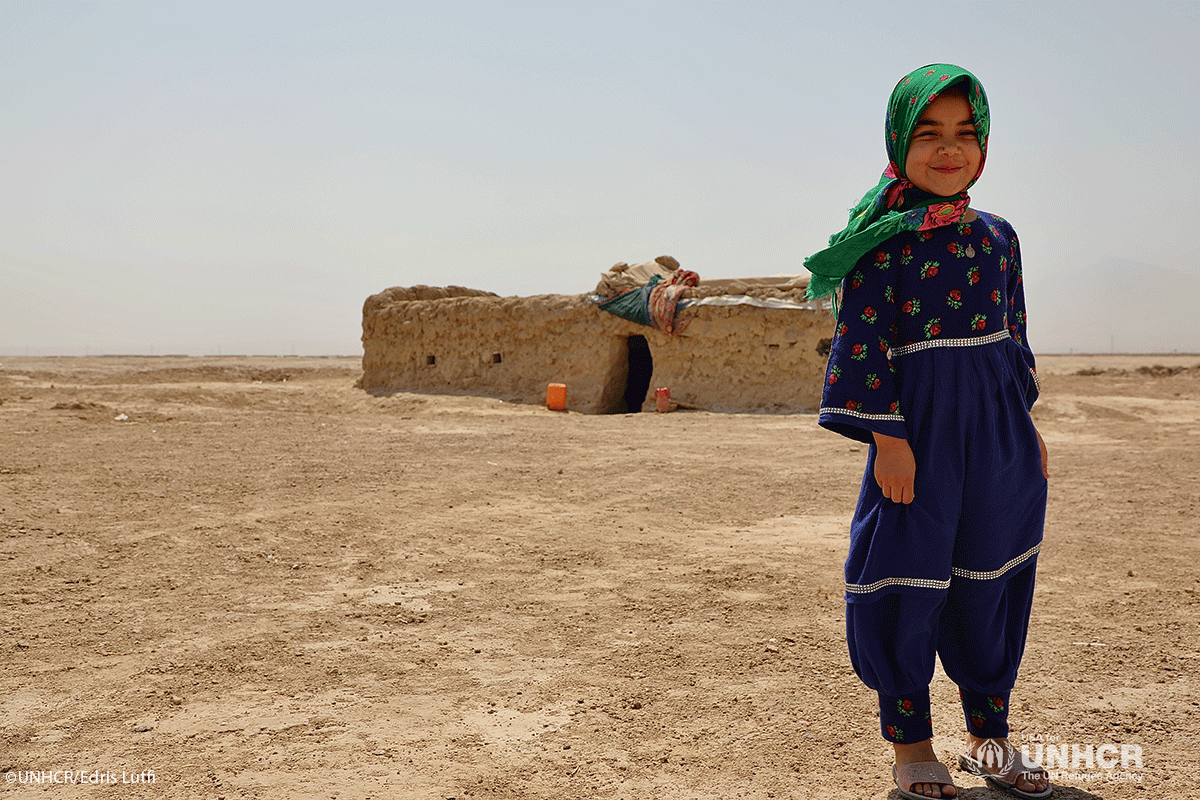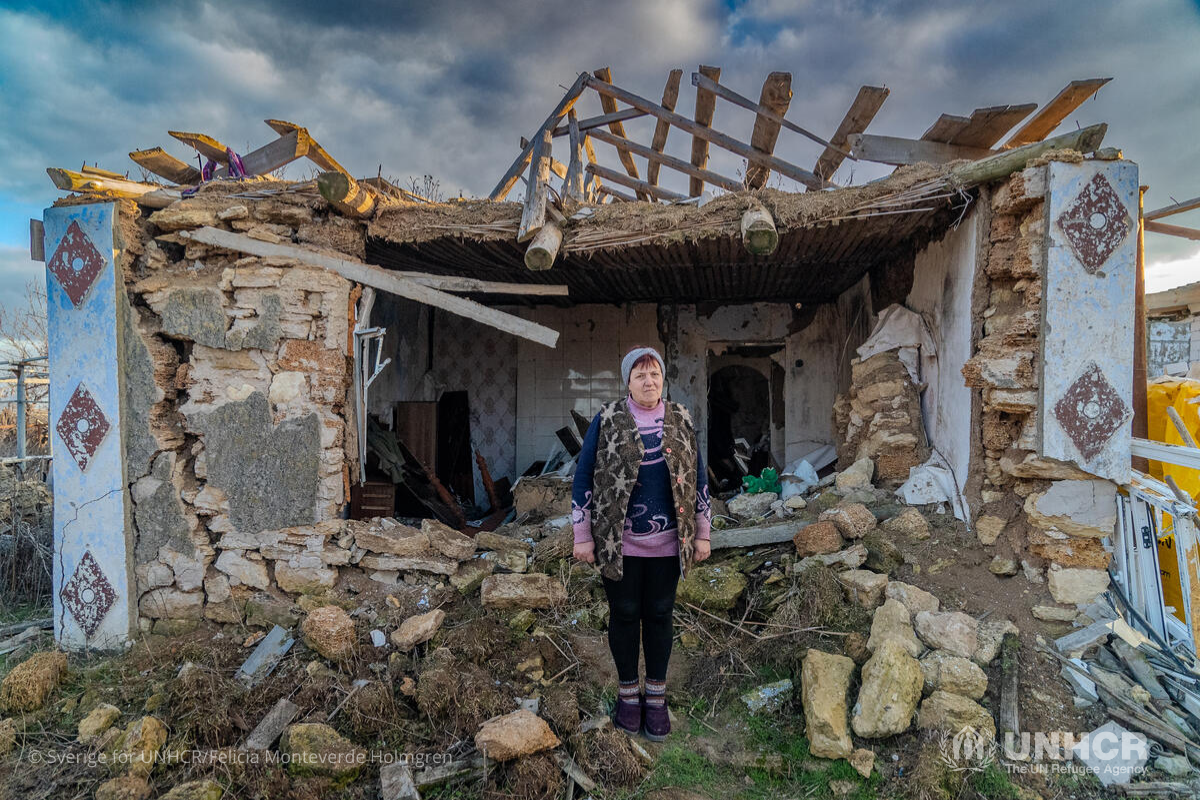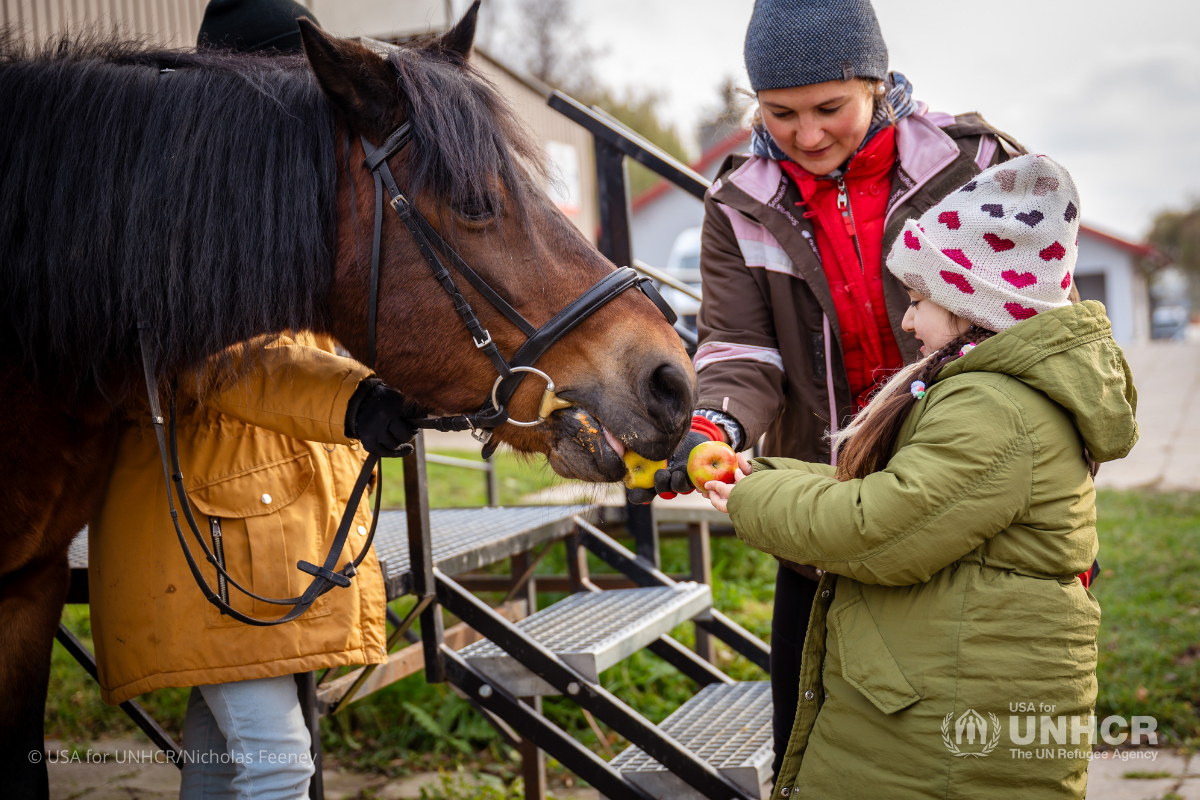How many refugees are fleeing the crisis in Afghanistan?
After four decades of violence and forced displacement, the Afghanistan humanitarian crisis continues to make up one of the largest and most protracted displacement situations under UNHCR’s mandate. Afghan refugees constitute one of the world’s largest refugee populations with more than 2.2 million refugees -- some 90 percent of all Afghan refugees worldwide -- finding safety in neighboring Iran and Pakistan.
“Afghanistan’s displacement crisis is one of the largest and most protracted in UNHCR’s seven-decade history,” says UN High Commissioner for Refugees Filippo Grandi. “We’re now seeing a third generation of Afghan children born in exile.”
The prolonged nature of the Afghanistan humanitarian crisis has prompted intensified efforts to support Afghan refugees and the host communities in Iran and Pakistan that have generously accommodated them for over four decades.
A further 5.3 million refugees have returned to Afghanistan in phases since 2002 -- these numbers have sharply declined in recent times as violence has increased across the country.
In addition to the protracted refugee situation, there are approximately 3 million Afghans who are internally displaced -- people forced to flee their homes but remain inside the country. The latest surge of violence has forced more than 600,000 people to flee since January 2021.

Other Key Statistics on Afghan Refugees and IDPs
- The Afghan refugee crisis is one of the longest and most protracted in the world.
- 2.2 million Afghan refugees live in neighboring countries, with 90 percent generously hosted by Iran and Pakistan.
- 600,000 Afghans have been internally displaced due to increased violence since January 2021.
- 80 percent of all recently displaced Afghans are women and children.
- 65 percent of all Afghans (both refugees and those living in Afghanistan) are children and young people.
- Today, nearly 6 million Afghans have been driven from their homes and their country by conflict, violence and persecution.
How to help displaced Afghan families…
The people of Afghanistan are strong and resilient, but they can’t survive on strength alone. Your support can help UNHCR provide lifesaving aid on the ground, and offer better opportunities to Afghans as they find safety and restart their lives. Become a monthly donor today and help support a brighter future for displaced Afghan families.


